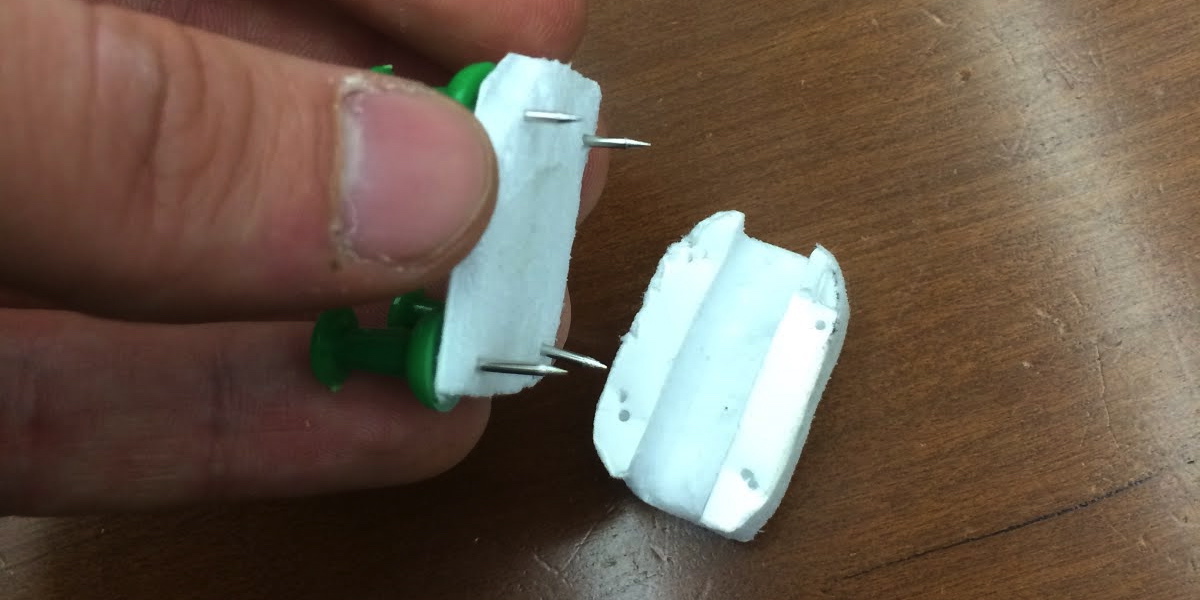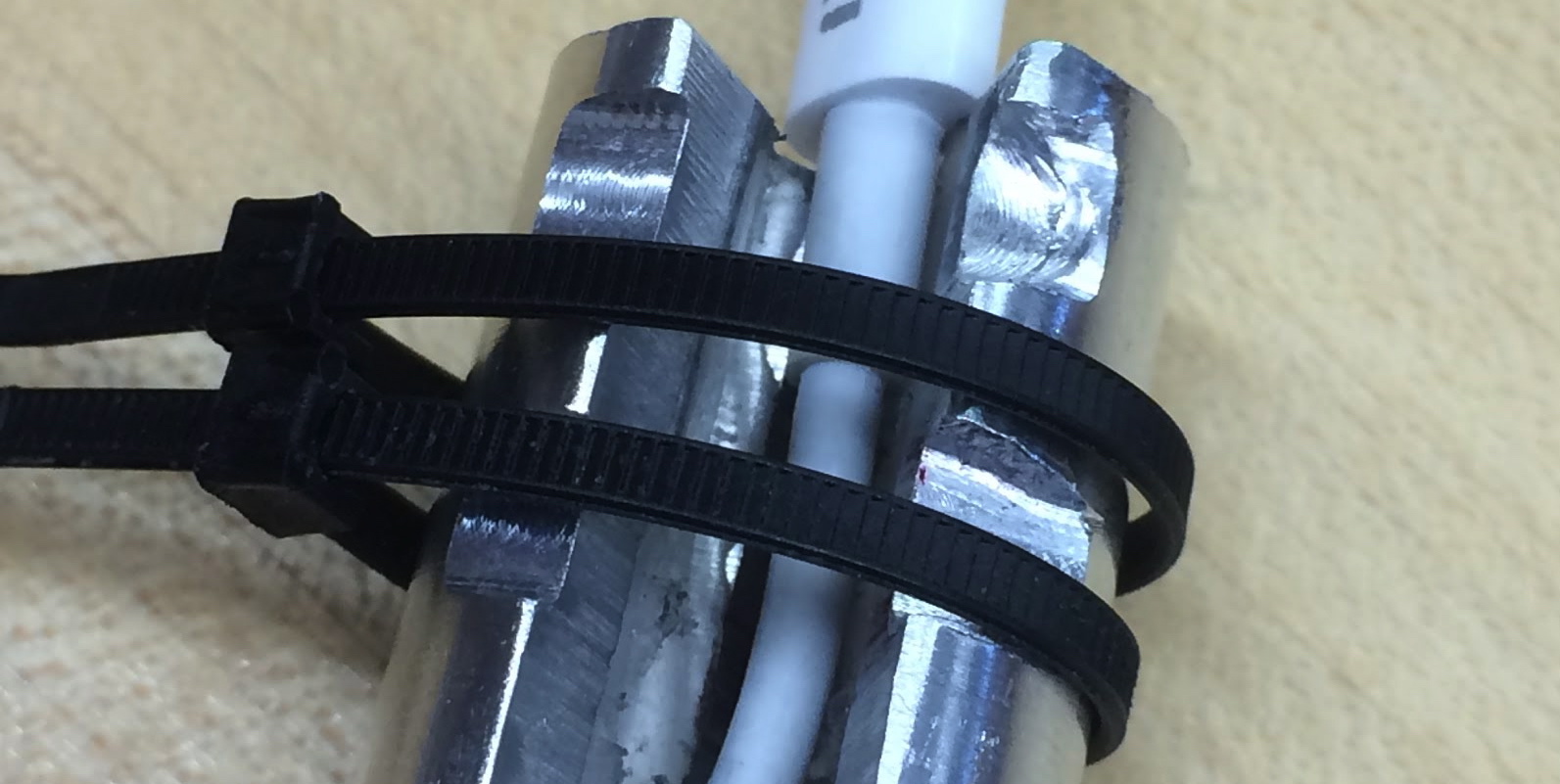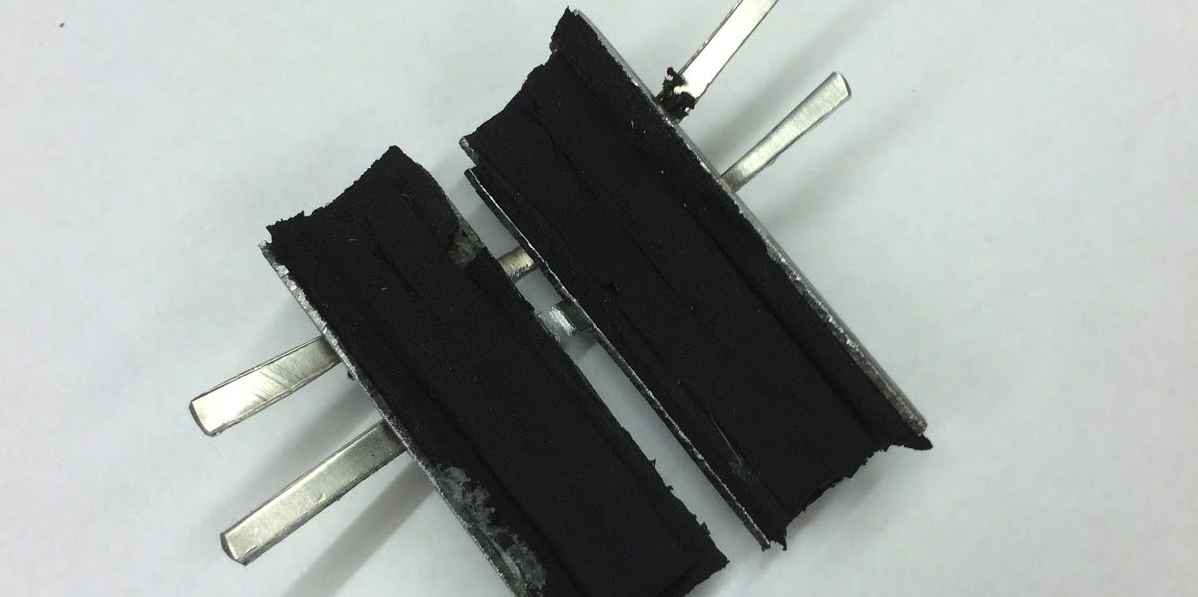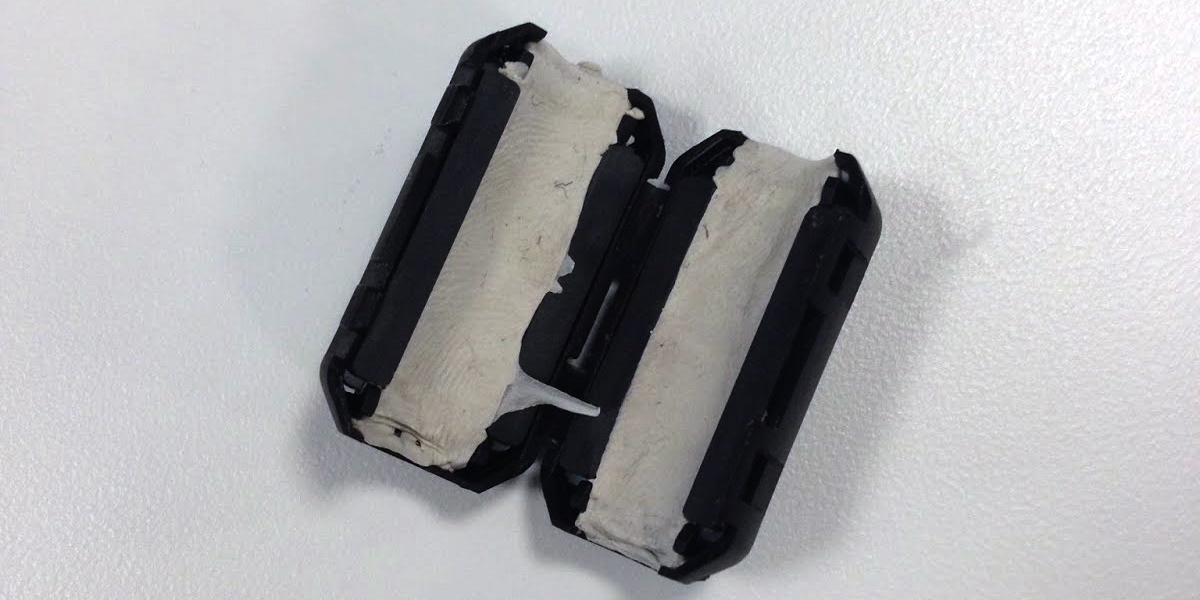Summary
The Stress Reliever is a universal protector for low voltage charging cables such as phone and computer chargers to prevent stresses and fraying. Please watch our advertisement below.
Role ― Prototyping Co-Lead and CAD Lead
As prototyping co-leads, my teammate, Can, and I made initial and intermediate mockups to test the functionality of our design. I was the CAD lead for the project, creating drawings of prototypes in Solidworks. We created 15 different designs, and 3D printed them for our final prototype.
I wrote and reviewed progress reports and divided tasks as an informal project manager when needed. I also collaborated with my teammates to create a presentation and commercial to pitch our product.
Challenge
This project was for my Design, Thinking, and Communications II class. Our team's challenge was to design a household product for our client Design Home Labs using whitespace market analysis.
From our brainstorming, charging cables for phones and computer fraying seemed to be a problem. A survey to Northwestern students, friends, and family validated our findings – many people had broken cables. Then we performed a white space market analysis of cable protectors.
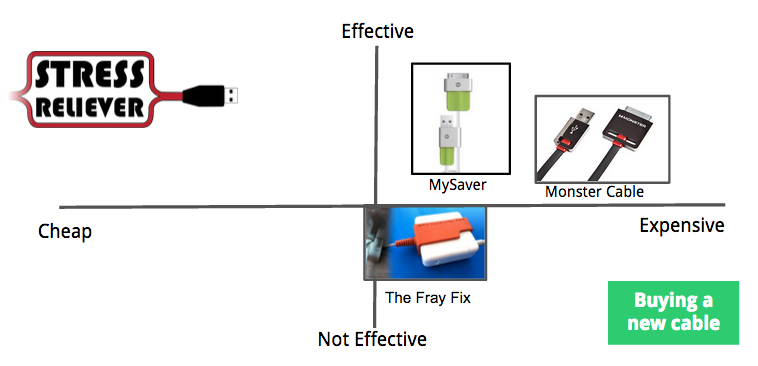
Whitespace Market Analysis
From our whitespace analysis, we developed our design challenge:
"How can we protect low voltage cables from stress related wear?"
Solution
We realized the wear occurred at the point the cable attached to harder components, such as the transformer. This made the fix complicated, since reinforcing the cable at this point just moved the stress point further down the cable instead of reducing it.
MockUps
To get our product around a cable, we prototyped a mockup that had two halves that would snap together with pins.
Final Prototype
The final prototype had two components ― a harder outer shell and softer inner filling. The outside hard shell held the cable properly and prevented it from bending at angles that would cause fraying. The soft inner filling allowed the prototype to adapt to multiple cable thicknesses. Together, the soft and hard shell, formed a curved edge that would allow the cable to bend without breaking, so the stress point did not move further up the cable.
Can and I modeled 15 different iterations of the inner filling in CAD to see which design was most ideal. We then 3D printed the inner filling out of soft polyurethane.
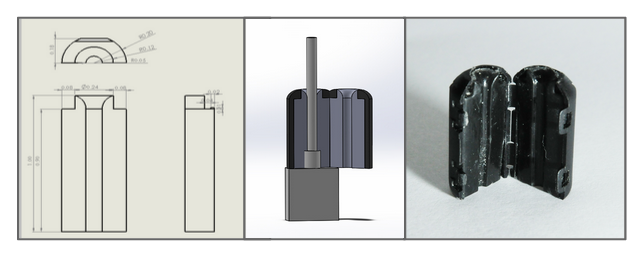
Final Prototype

Demonstration of Prototype
Results
We achieved our design goals by making a product that is universal for all cables, reusable, and relatively easy-to-use. Our engineering professor was impressed with our CAD drawings and 3D printed parts. He said,
"This is one of the highest fidelity prototypes I have seen from this class."





